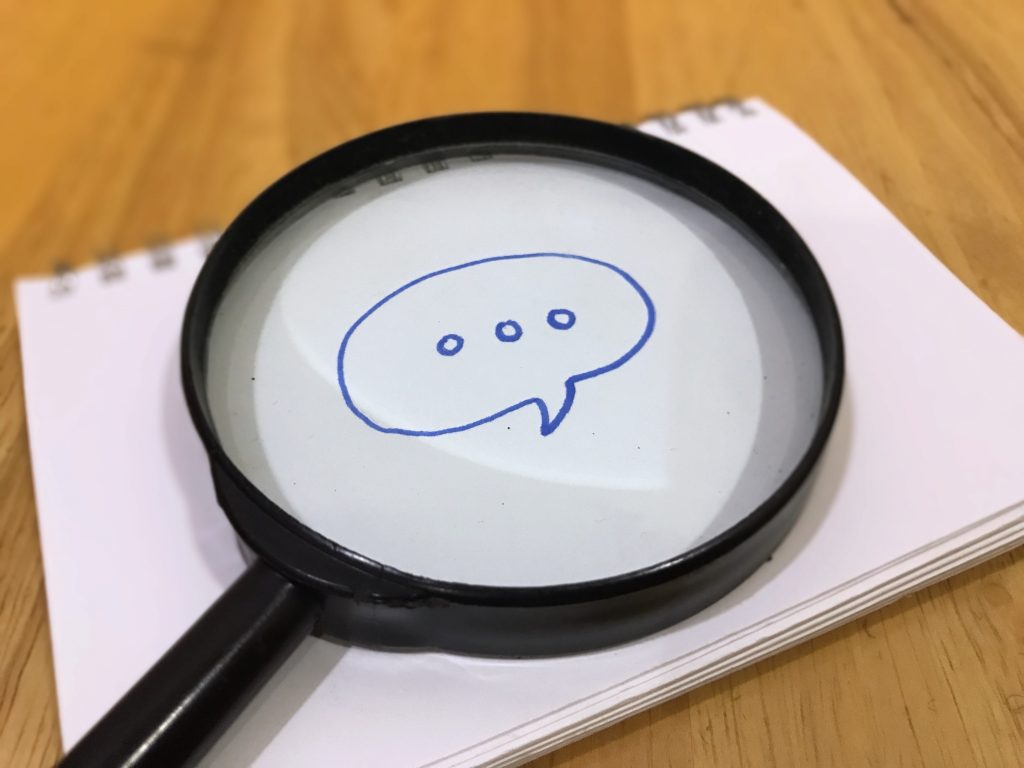Dialogue is a powerful tool for creating character and tension in your writing. Using dialogue correctly can make your characters come alive on the page and increase the tension in your scenes.
In this guide, we will discuss some tips for using dialogue to create character and tension. We’ll also look at some examples from well-known novels.
One of the best ways to use dialogue to create character is to let your characters speak in their own voices. Each character should speak uniquely based on their personality, background, and situation. For example, a tough character might speak in a gruff voice, while a more timid character might speak softly. This helps your readers to understand your characters and feel invested in them.
It’s also important to let your characters speak realistically. This means avoiding long speeches or perfect grammar. Instead, let your characters make mistakes, use slang, and interrupt each other. This will make your dialogue more believable and interesting to read. The speed of conversation may change from scene to scene depending on urgency or context.

Sometimes, your characters may be firing short sentences back and forth because something bad is happening, and they need to act fast to stop it. In other conversations, they may take their time with their words because they are relaxed, or they may be struggling to get their words out because they are shy or nervous.
Another important part of the dialogue is to have it written correctly in terms of grammar and punctuation. This is to make it easy for the reader to pick out what dialogue is and to know who is speaking.
Finally, remember that dialogue is a great way to create tension in your story. By making your characters argue or say things they shouldn’t, you can add suspense and keep your readers guessing what will happen next. This is another way to make dialogue realistic, as people in real life don’t have a lot of time to think about what they would like to say in an argument, so your characters can’t stop to think and will need to keep the pace of the argument going.
Now let’s look at some examples of dialogue from well-known novels. In J.D. Salinger’s The Catcher in the Rye, Holden Caulfield speaks in a very distinctive voice. He uses slang and often interrupts himself. This creates a sense of realism and makes Holden a more believable character.
In John Steinbeck’s Of Mice and Men, the dialogue is used to create tension between the two main characters, George and Lennie. The reader is never sure whether they will stay friends or if their relationship will end in violence.
So there you have it! These are just a few tips for using dialogue to create character and tension. Using dialogue effectively, you can make your characters come alive on the page and keep your readers guessing what will happen next. So get writing, and see what you can create!


Leave a Reply